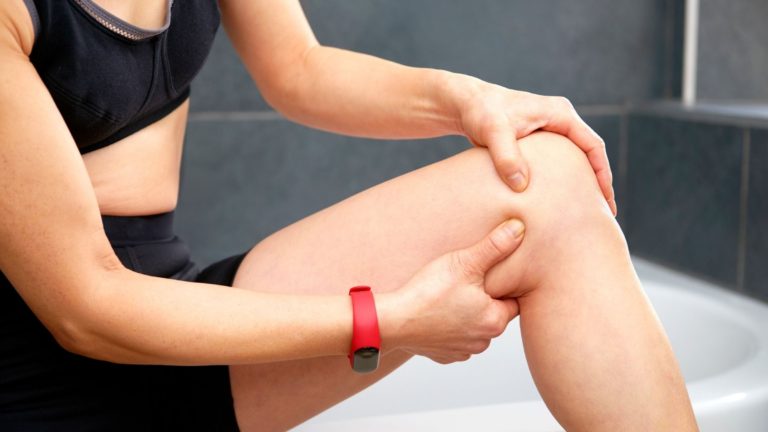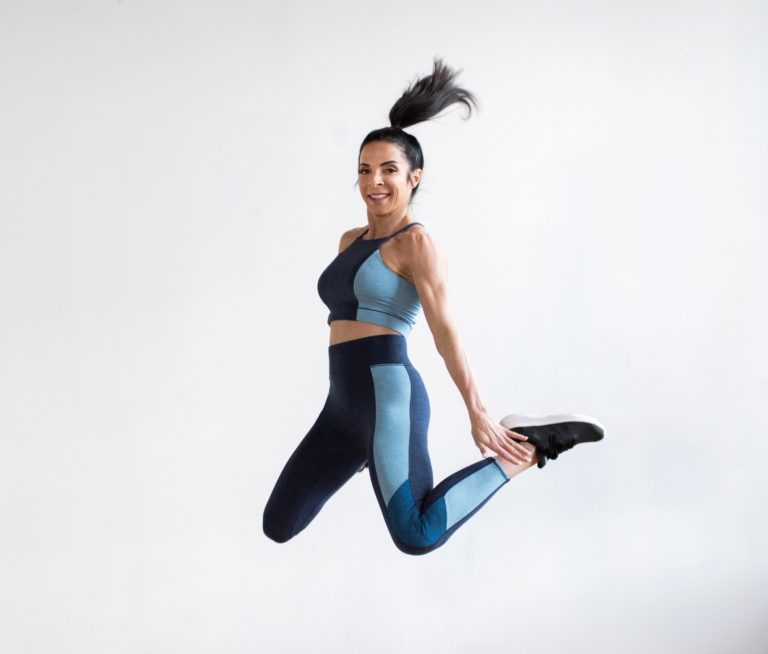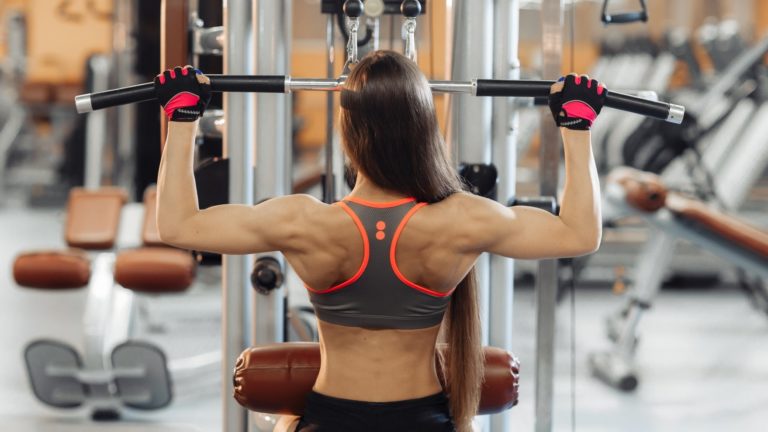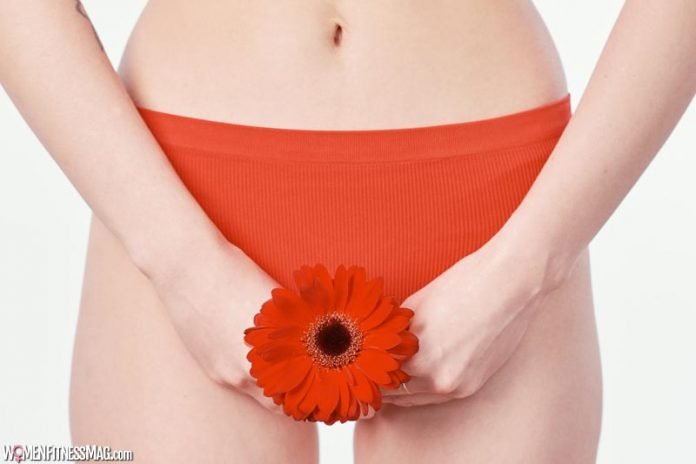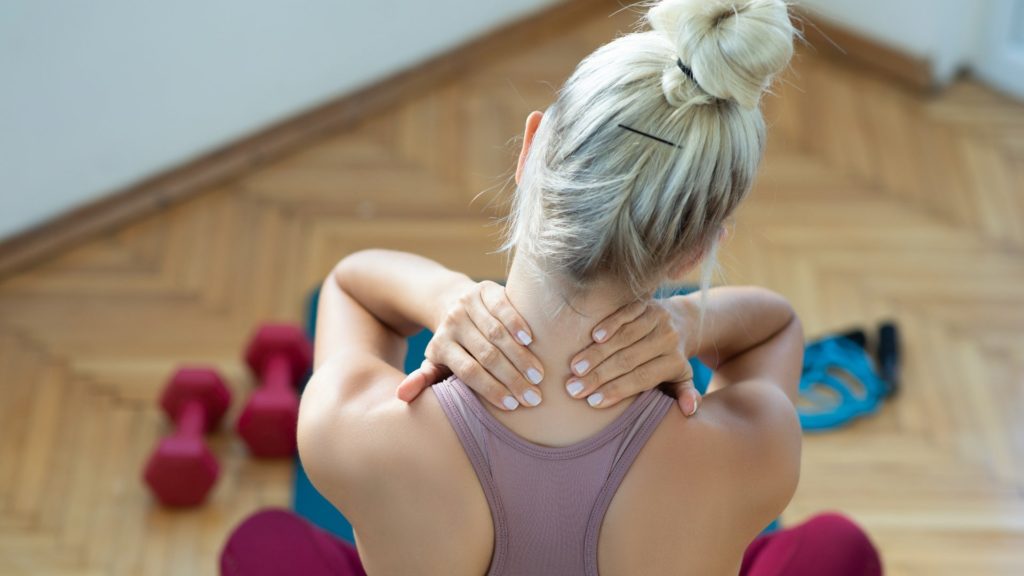
How to Train Around Joint Aches — and When You Shouldn’t

Get full access to Outside Learn, our online education hub featuring in-depth fitness and nutrition courses and more than 2,000 instructional videos when you
sign up for Outside+.
You’re a beast in the gym… that is, until a joint injury or flare-up from arthritis, bursitis, tendinitis or a sprain threatens to sideline you. Even if you’re diligent about taking preventive measures to protect the joints — warming up the surrounding soft tissues, using proper form during exercises and taking supplements that promote joint health — there may be times when joint aches cause discomfort so significant that complete rest is recommended.
Pay attention to your body and stop doing anything that exacerbates the joint pain, especially if it’s severe and is caused by direct, acute injury. Fight the mindset to push through the discomfort and continue training, because in some cases the pain and inflammation can adversely affect strength and range of motion, compromising the safety of your workout. The good news is if your injury is less severe, many exercises can be modified to alleviate load stress on the affected area.
Still, you might not be able to perform certain moves at all, even after changing your grip or stance, so you may need to swap some exercises out of your workout entirely. The ways in which you can slightly rework your routine are many. Besides reacquainting yourself with textbook form and lifting lighter weights, these TLC tweaks can help.
How to Train Around Joint Aches
Shoulders & Arms
Shoulder joint issues are relatively common, and most of our suggestions made for the upper body take this into account. Depending on the degree and location of shoulder pain, you might still be able to perform shoulder presses, but don’t go behind the neck, which can cause impingement. Also avoid pulling the bar behind your head when doing lat pulldowns.
Here are a few suggestions for working around this common joint ache.
Overhead Press
If you can still perform overhead presses, use a straight bar with a grip slightly wider than shoulder-width apart—or use dumbbells—and keep the weight light. Move the weight(s) along a path that tracks just in front of you, rather than straight overhead.
Bench Press
To protect the shoulders, avoid any kind of incline press for now. The increased abduction and a corresponding increased shear place stress and strain on the glenohumeral joint. Use the flat bench and lighter weights until the pain eases, and stop the weights before they touch your body.
Back Squat and Lunge
Since the bar must be stabilized across the upper back in lower-body barbell exercises like these, the shoulders remain in an externally rotated and abducted position. Even barbell deadlifts force the shoulders into a gravitational load in extension, which can aggravate joint aches if a heavy weight is used. Instead, perform front squats while grasping a kettlebell or dumbbell, and switch to dumbbells when performing lunges and deadlifts.
Plank
Most cases of shoulder pain can make it impossible to perform a plank for an extended period due to the superior-posterior stress across the shoulder joint complex. However, you can easily modify the plank by resting on your forearms with palms flat on the mat, thus shortening the lever and decreasing the stress load.
Upper & Lower Back
The incidence of low-back pain is extremely high, especially among fitness devotees, and is usually triggered by extreme flexion or extension. Avoiding the excessive lumbar flexion often seen with back squats can be as simple as standing with your heels on two small weight plates and decreasing the amount of weight you use to avoid joint aches. Bulgarian squats also spare the low back and knees by keeping the upper body in a vertical plane.
If you experience joint pain in your neck or upper back, avoid exercises such as behind-the-head lat pulldowns and military presses, both of which cause excessive flexion in the cervical spine. In some cases, you’ll need to altogether omit movements that involve taking a barbell behind the neck since this type of load increases flexion stress. Use dumbbells or switch to a machine; for example, substitute barbell squats for hack squats.
Elbows
The elbow joint is a tricky one to train around. If your pain is severe, the best approach is to completely avoid any movements that directly involve the elbow flexors.
If your pain is minimal, regular dumbbell curls, hammer curls and cable pressdowns can be performed using light weight. Using a false grip on dumbbells (not wrapping your thumb around the bar), placing a cuff around your arm at the cable station or switching to a neutral (palms in) grip can help minimize the strain on the elbow stabilizers when training delts. It’s also wise to avoid pull-ups, push-ups, mountain climbers, overhead triceps extensions and planks.
Wrists
Wrist pain can often be eradicated by using lifting gloves that have wrist support. However, bench dips can aggravate sore wrists, so swap them out for cable pressdowns in which you avoid extending the wrists. Traditional push-ups force the wrists into a hyperextended position, but a simple switch in hand position so the fingers point out to the sides, hands at least shoulder-width apart, will minimize joint stress during the down phase of the movement.
Legs & Feet
If you have issues with the weight-bearing joints in your hips, knees, ankles or feet, beware of ballistic movements such as those performed in plyometrics and calisthenics.
Hips & Knees
Many exercises that are considered staples in a weight trainee’s regimen, such as squats, lunges and leg presses, can wreak havoc on achy hips and creaky knees, especially if you use poor form and heavy weights. It’s best to avoid these, at least for a while. Substitute leg lifts on all fours, wall sits, front leg raises against a wall and single-leg deadlifts, all of which decrease the load on the hips and knees while still providing good isolation.
Ankles & Feet
Since the ankles and feet take the brunt of bearing weight, they should be babied when flare-ups occur. Replace your calf raises, leg presses and squats with moves that don’t require excessive joint motion under a loading force. Use a shoulder-width stance to keep the ankles in a neutral plane, and avoid pointing your toes in or out. Mat exercises are an excellent alternative to standard weight machines when dealing with joint pain in the ankle or foot.
Joint aches don’t necessarily mean you have to quit training. The workarounds are numerous for whatever ails you, but the important thing is to listen to your body and stop any movement if you feel sudden pain. Training safe and smart can help prevent injury and keep you in the gym, doing what you love.
Published at Mon, 16 May 2022 11:45:43 -0700
